SpaceX officially becomes the first private company to convey astronauts to the International Space Station (ISS).
The American Aerospace manufacturer, SpaceX, achieved the new milestone through its Dragon crew mission.
Also known as Falcon Capsule, the first full-fledged taxi flight for NASA conveyed three Americas (including a woman) and one Japanese to the ISS.
Mike Hopkins, Victor Glover, Shannon Walker, and Japan’s Soichi Noguchi were successfully launched on Sunday, November 14.
The four astronauts will be joining two of their colleagues (Russian and American) at the ISS.
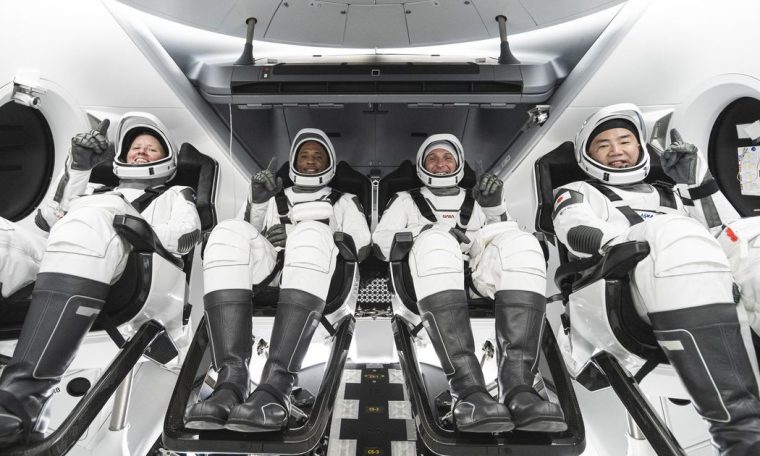
SpaceX: From left, the crew of Crew-1: NASA’s Shannon Walker, Victor Glover and Michael Hopkins; JAXA’s Soichi Noguchi
The flight, which kicked off from the Kenedy Space Center in Florida, will reportedly last through a 27-hour window.
Based on this time frame, the Dragon Crew are expected to reach their destination at precisely 11 PM ET (all other things being equal).
According to NASA, the flight window would have been shorter, assuming the Crew could launch on Saturday as initially planned.
But for bad weather, the ISS would have lined up in such a way that would allow the spacecraft to reach its destination in about 8-hours.
NASA raises early concerns about Dragon Crew Mission
That aside, the journey hasn’t necessarily been without challenges. Four hours into the flight, NASA revealed there was “an issue with propellant heaters.”
The space administration, however, confirmed it was gathering data to ensure all issues were resolved.
Moments later, NASA tweeted that;
“Teams are troubleshooting propellant heaters that heat the fuel aboard Crew Dragon. Temperature remains stable and the crew remains safe.”
In case you are wondering, the propellant heater is expected to keep the fuel above 60F, and an otherwise scenario could mean harm.
ALSO READ: NASA Astronaut Touchdown Earth in a Successful Return by SpaceX’s Crew Dragon
On the contrary, a similar SpaceX crew launched on May 30 went unheated.
Of course, this is not necessary the first trip that involves SpaceX. Recall that the aerospace manufacturer recently carried out a successful two-pilot test flight.
On the flip side, this particular mission is not a test flight. Preferably, SpaceX’s Crew Dragon was officially certified as a spacecraft worthy of conveying passengers.
The certification, which took place in the previous week, allowed SpaceX to conduct a routine conveyance of Astronauts to space.
As such more astronauts with different varieties of racial and academic backgrounds can be transported to the ISS.
For instance, the ongoing mission consists of two astronauts with academic backgrounds in physics.
Both Walker and Noguchi (Under crew-1 team) are to conduct all sorts of experiments during their six-month stay.
Some of these experiments include research on how microgravity affects human heart tissue.
About SpaceX Crew Dragon
Under the close supervisory of NASA’s Commercial Crew Program, SpaceX developed the Crew Dragon capsule, a.k.a Falcon capsule.
The development of the SpaceX Crew Dragon also marks the first time the space administration will be handling such a vital exercise to a private body.
This exercise also includes the design, development and testing of the newly certified spacecraft.
Recall that NASA had initially awarded the private development of spacecraft to two renowned aerospace manufacturers, including Boeing and SpaceX.
Both of them received a fixed price contract valued at $4.2. billion and $2.6 billion, respectively, to execute the project.
While Boeing’s Starliner spacecraft had to be delayed due to arising concerns from the previous rest mission, SpaceX spacecraft is now operational.
ALSO READ: Hyundai Kona EV: Many Questions Around Nigeria’s First Electric Car
As for management, both Boeing and SpaceX technically claim ownership of their respective spacecraft.
However, NASA will continue to book missions for its astronauts moving forward, cutting down production costs on the side of the space agency.
This also implies that the private spacecraft operators will have the licence to convey private tourists, researchers, and others who can afford a $50-million-plus ticket to space.
What do you think about the new milestone achieved by SpaceX? Kindly share your thought in the comment section below.
Found this interesting? Share!

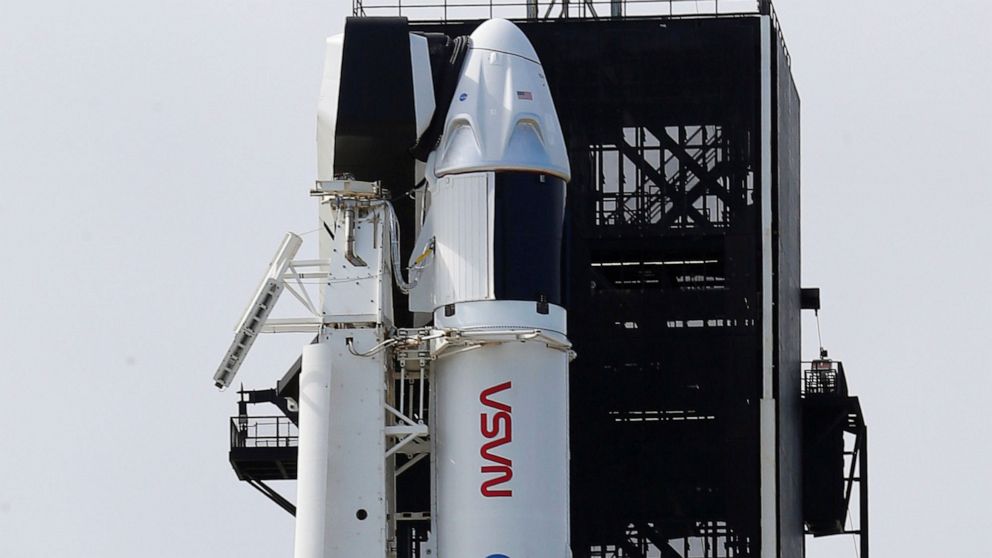
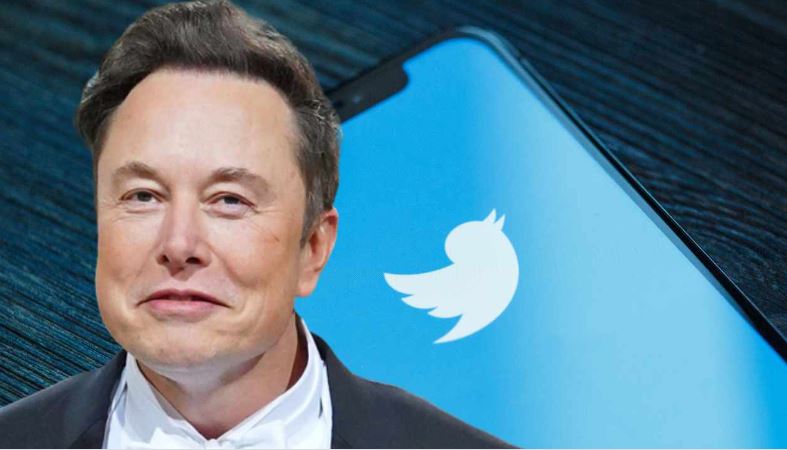
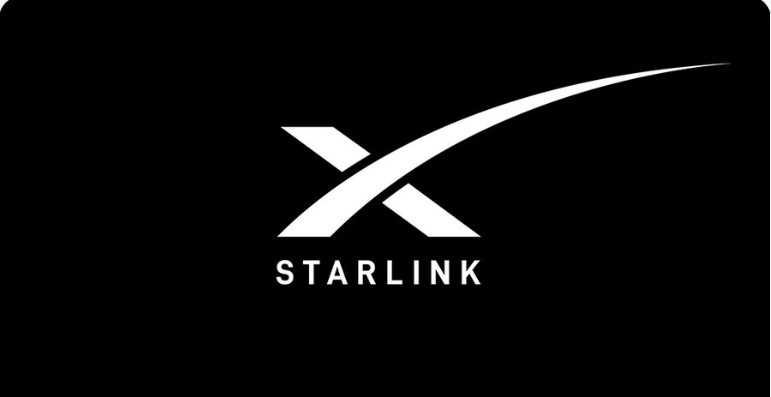
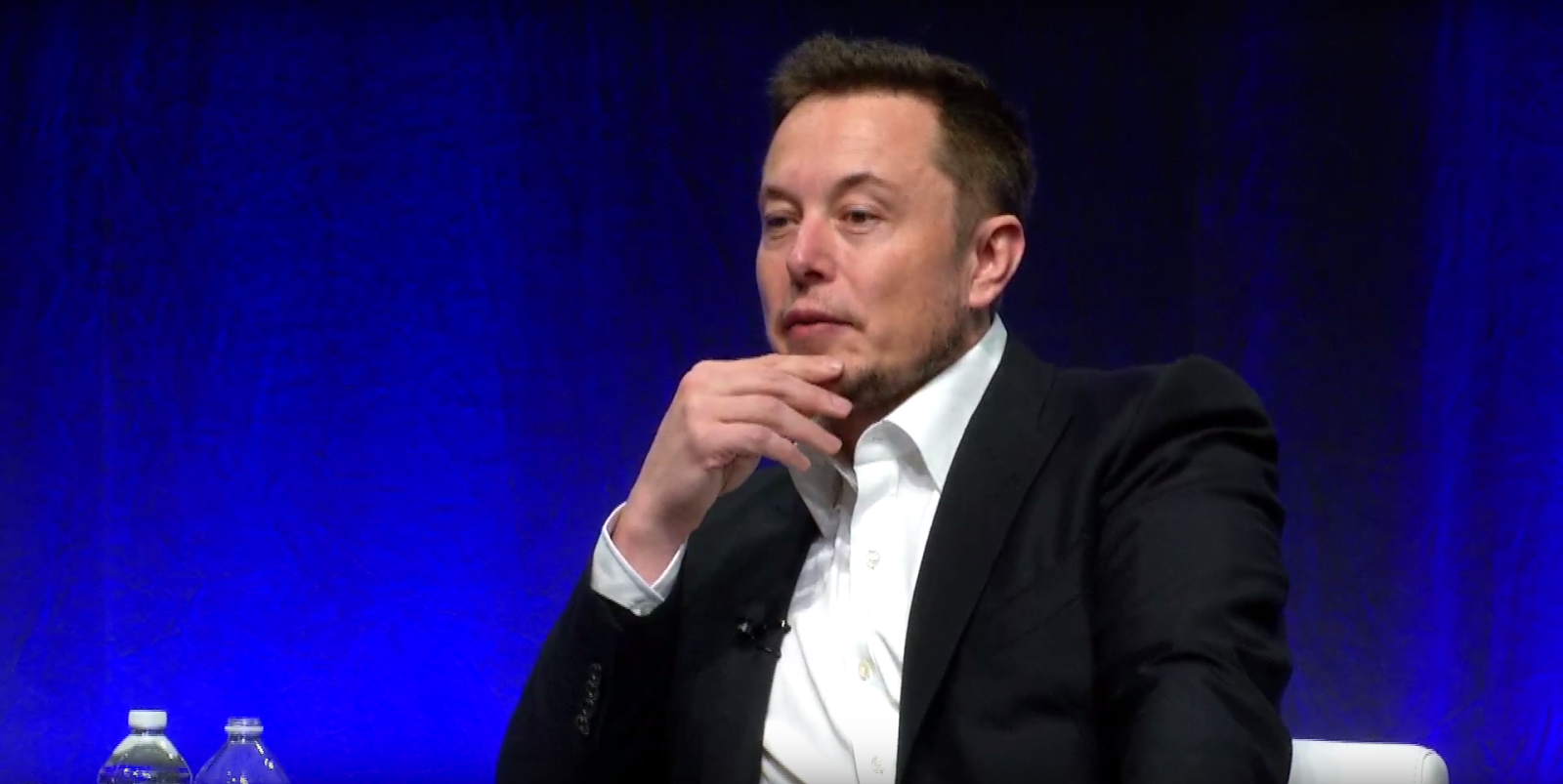
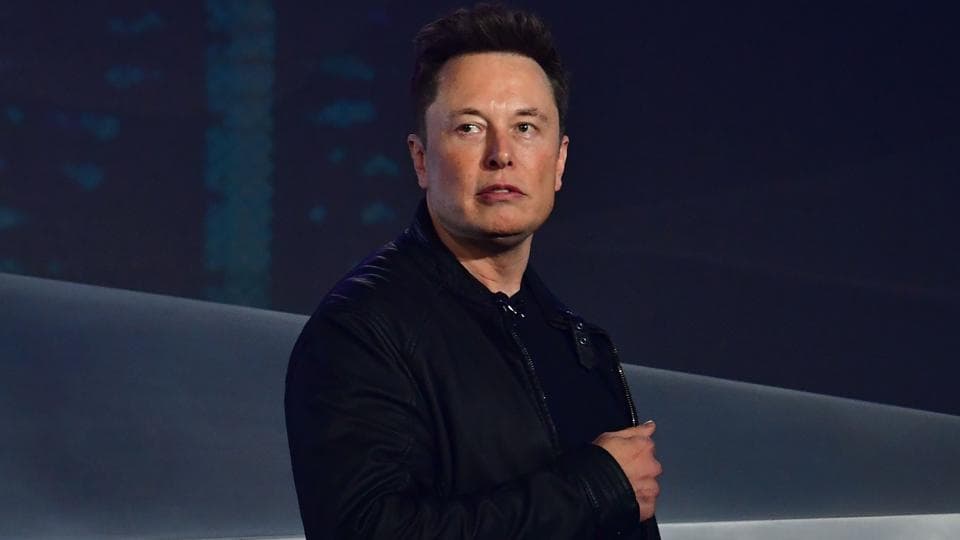
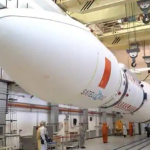













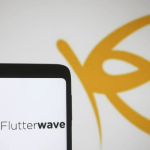


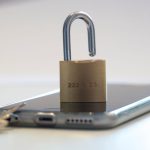

 and then
and then